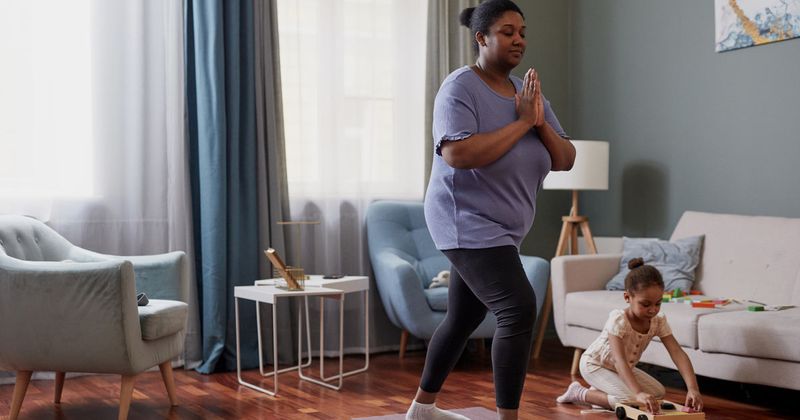Number of children, children’s ages influence maternal physical activity
Click Here to Manage Email Alerts
Mothers with multiple children or with one child aged 4 years or younger participated in less moderate or vigorous physical activity compared with mothers with school-aged children, according to study data.
“We know relatively little about parental physical activity, but what we do know is that parents are less active than their childless peers,” Kathryn R. Hesketh, PhD, a Sir Henry Wellcome postdoctoral fellow in epidemiology in the Medical Research Council Unit at Cambridge University in the United Kingdom, told Healio. “Many of the studies that have looked at maternal physical activity ask women to self-report their activity, but it is sometimes difficult to do this accurately, particularly when juggling busy lives. We wanted to look at device-measured physical activity in a large sample of women to explore how family composition or the ages and number of children a woman had impacted their physical activity levels.”

Data collection
Hesketh and colleagues used data from 848 mothers enrolled in the Southampton Women’s Survey, which recruited nonpregnant women aged 20 to 34 years to participate in interviews between 1998 and 2002.
Women who became pregnant whose first child reached age 4 years between March 2006 and June 2009 were invited to participate in a substudy to investigate their physical activity levels. Those whose first child was born after January 2000 were approached when the child was aged 6 to 7 years between March 2007 and August 2012.
All mothers wore a combined heart rate and uniaxial accelerometer for 7 days to assess average minutes of moderate or vigorous physical activity (MVPA) and light, moderate or vigorous physical activity (LMVPA) each day. The researchers also noted day of the week and time of day to account for women’s likelihood of being with their children.
Overall, less than 50% of mothers met physical activity guidelines. These included 29.8% of mothers with only younger children and 41.6% with younger and school-aged children at the age 4 years inclusion timeframe, and 49.3% with only school-aged children and 39.8% with younger and school-aged children at the age 6 years inclusion timeframe.
Differences in physical activity
Women with only school-aged children participated in 46.9% (95% CI, 22-77) more minutes of MVPA compared with those who only had children aged 4 years or younger. Those with children in both age groups participated in 42.7% (95% CI, 25.1-62.8) more minutes of MVPA vs. those with younger children only. These associations were stronger on weekdays vs. weekends, with the biggest differences between groups on weekdays between 6 and 9 a.m. and between 3 and 7 p.m.
Additionally, mothers with at least two children did 12.5% (95% CI, –24.3 to 1.1) fewer minutes of MVPA compared with those who had only one child did, with the biggest differences in MVPA between these women observed on weekdays between 6 and 9 a.m. and weekends between 6 a.m. and 7 p.m.
Women with three or more children did 13.9% (95% CI, –26.9 to 1.4) fewer minutes of MVPA compared with women who had only one child. Associations between number of children and MVPA were strongest on weekends between 6 a.m. and 7 p.m. vs. weekdays.
“Interestingly, though women with more and younger children did less MVPA, they did more physical activity overall,” Hesketh said. “So, women with younger children seem to be doing more of the light intensity activity, which might be more associated with roles such as caring for and supervising their children and housework.”
Moving forward, clinicians should encourage parents, especially mothers, to engage in MVPA to reduce the risks for diseases such as cancer, type 2 diabetes and CVD, Hesketh said.
